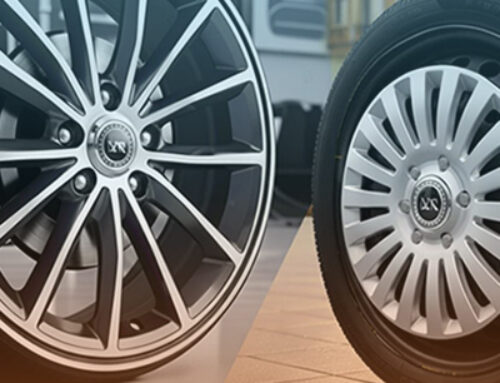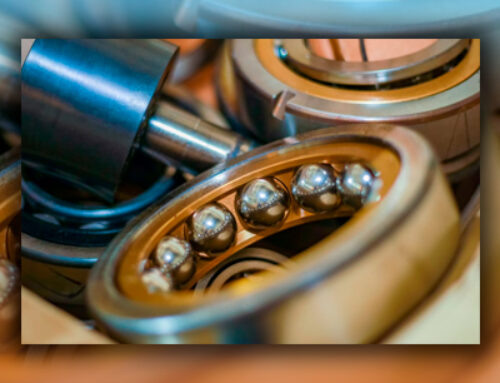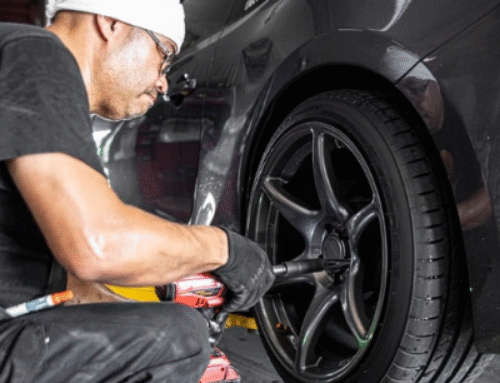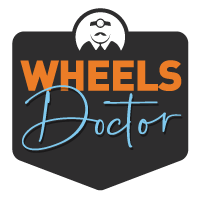Virtual Emergency Kit: What to Do If You Damage Your Wheels
Your wheels are one of the most important parts of your vehicle. Whether you’re navigating city streets, highways, or off-road terrain, damaging your wheels can create significant safety risks and lead to expensive repairs if not addressed properly. Knowing exactly what steps to take immediately after damaging your wheels can prevent further issues and keep you safe on the road.
The Importance of Knowing What to Do After Damage Your Wheels
Understanding what to do when you damage your wheels is crucial to avoiding more serious consequences. From minor cosmetic issues to severe structural damage, your wheels should be properly assessed and repaired to ensure your safety and the longevity of your vehicle.
Assessing the Damage: How Bad Is It?
Visual Inspection
Start by closely inspecting your wheels to evaluate the extent of the damage. Common issues include:
-
Scratches and Scuffs – Cosmetic damage that doesn’t affect performance.
-
Dents and Bends – Can cause vibrations and affect steering.
-
Cracks – A serious issue that weakens the structure, requiring immediate attention.
-
Severe Deformation – The wheel may no longer be safe to use.
Signs While Driving
Even if you can’t see visible damage, be on the lookout for these warning signs while driving:
-
Vibrations in the steering wheel
-
Pulling to one side
-
Unusual noises
-
Loss of tire pressure
If you notice any of these symptoms, stop driving immediately and inspect your wheels.
Immediate Steps to Take After Damage Your Wheels
-
Pull Over Safely: Continuing to drive on a damaged wheel can make the situation worse. Find a safe area to stop immediately.
-
Inspect the Damage: Examine both the wheel and the tire to assess the severity.
-
Determine If You Can Drive: Minor scuffs typically won’t affect drivability, but serious bends or cracks require professional attention.
-
Use a Spare If Needed: If the damage is severe and your tire is losing air, replace it with a spare.
-
Call for Assistance: If you’re unsure about the severity of the damage, contact a roadside assistance service or a professional mechanic.
-
Document the Damage: Take photos for insurance claims and to evaluate repair options.
Repair or Replace? Understanding Your Options
When to Repair
-
Minor curb rash or scuffs
-
Small bends that don’t affect alignment
-
Cosmetic imperfections
When to Replace
-
Cracked wheels, as they compromise safety
-
Bent wheels that cause instability or handling issues
-
Wheels with severe structural damage
Consulting a wheel repair specialist will help you determine if your wheels can be safely repaired.
Preventing Damage to Your Wheels in the Future
To prevent future damage, consider the following tips:
-
Avoid potholes and rough terrain whenever possible.
-
Slow down near curbs and tight parking spaces to prevent scratches and dents.
-
Check your tire pressure regularly to avoid underinflation, which increases the risk of wheel damage.
-
Rotate and align your wheels as part of regular vehicle maintenance.
-
Use high-quality wheels and tires designed to withstand challenging conditions.
What to Do if You Have a Flat Tire
A flat tire is always an inconvenience, but handling it promptly and correctly is essential. If you notice a loss of control or hear a sudden pop, follow these steps:
-
Do Not Keep Driving: Driving on a flat tire can cause severe wheel damage.
-
Pull Over Safely: Stop at a flat, secure location.
-
Turn On Hazard Lights: This alerts other drivers to your situation.
-
Identify the Problem: Inspect your tires to determine the cause of the flat.
-
Change the Tire If Possible: Use a car jack, tire wrench, and spare tire to replace the flat.
-
Call for Roadside Assistance: If you can’t change the tire or don’t have a spare, call for help.
Signs That Your Tire Is Flat
-
Difficulty accelerating
-
A dragging sensation on one side of the car
-
A popping or leaking sound
-
Inaccurate or delayed steering response
Remember that spare tires are not intended for long-term use. If you use one, drive to the nearest repair shop as soon as possible.
Frequently Asked Questions
✅ Can I drive with a damaged wheel?
➡️ It depends on the extent of the damage. Small scuffs are usually safe, but cracks and severe bends are not.
✅ How do I know if my wheel is unbalanced after damage?
➡️ If you feel vibrations in the steering wheel or seat, your wheel may need balancing or alignment.
✅ Are all wheels repairable?
➡️ Not always. Cosmetic damage can often be repaired, but structural damage like deep cracks usually requires replacement.
✅ Does insurance cover wheel damage?
➡️ Some policies do, especially if the damage was caused by an accident or road hazard. Check with your provider.
✅ What’s the best way to prevent wheel damage?
➡️ Drive carefully, avoid potholes, check tire pressure regularly, and maintain proper wheel alignment.
Be Prepared for Any Wheel Emergency
Knowing what to do when you damage your wheels can save you time, money, and frustration. Regular inspections, careful driving, and proper maintenance can help prevent future issues. If you experience significant wheel damage, consult a professional for the best course of action. Being proactive and prepared ensures that you can handle any wheel emergency with confidence.
Expert Rim Repair at Wheels Doctor
At Wheels Doctor, our specialists are highly trained in repairing all types of rim damage, ensuring your wheels are restored to their original condition. Whether it’s scratches, bends, or cracks, we have the expertise to bring them back to life. Don’t let wheel damage compromise your safety and driving experience—Contact us today at (305) 490-2028 | (305) 964-7909. for professional assistance!
For a deeper dive into wheel repair techniques and solutions, check out The Essential Guide to Automotive Wheel Repair. Learn everything you need to know about fixing and maintaining your wheels like a pro!






